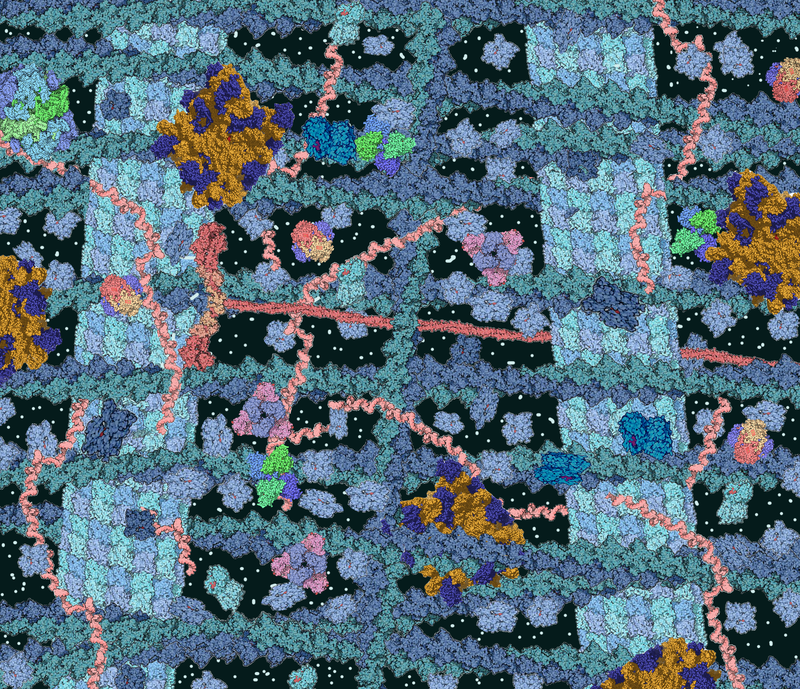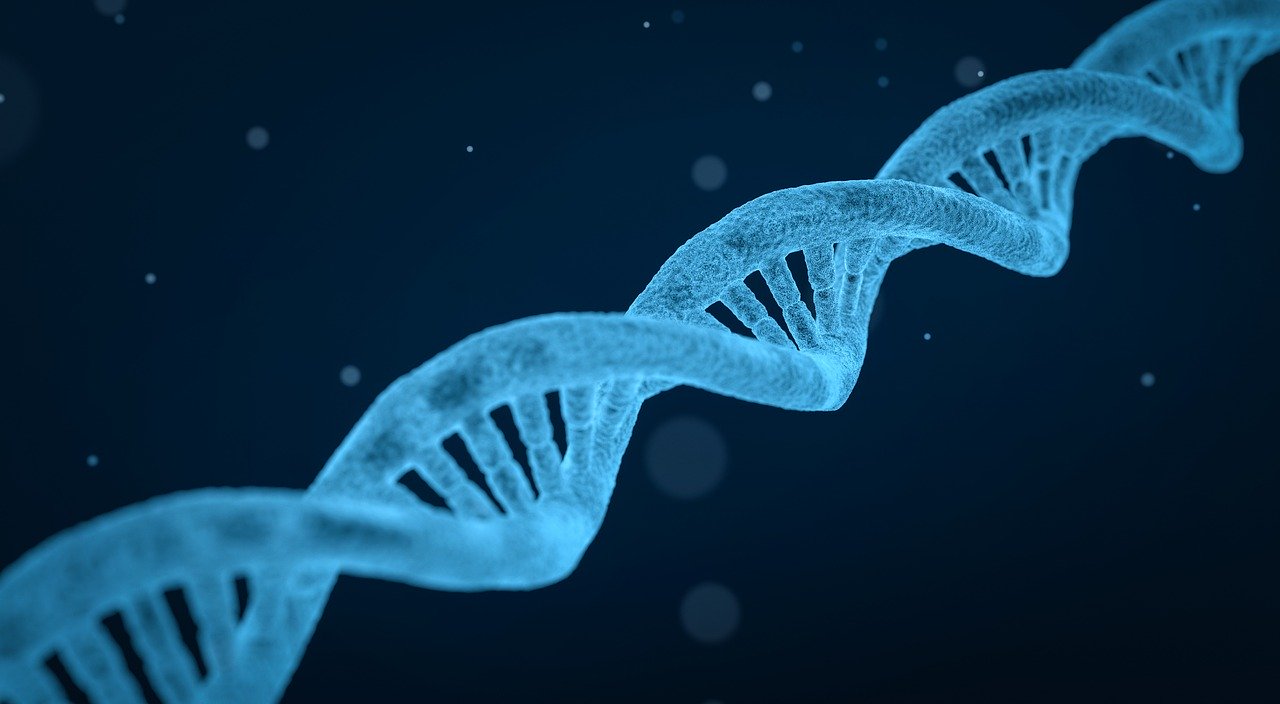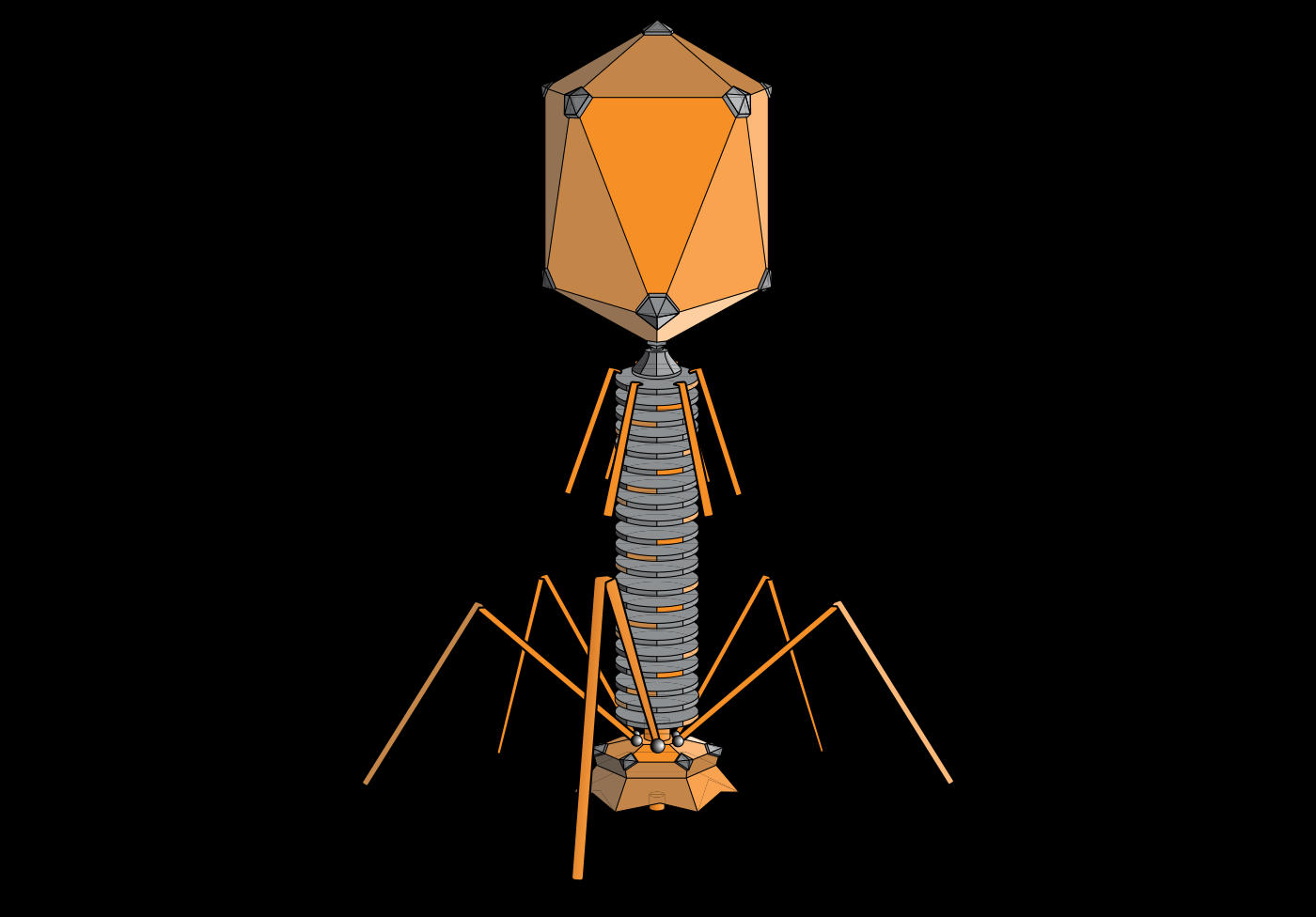Characteristics of Escherichia coli
Escherichia coli was discovered in 1885 by Theodor Escherich, an Austrian pediatrician, who isolated the bacterium from stool samples of newborn babies. It belongs to the family Enterobacteriaceae, comprising about 60 genera with more than 200 different species






